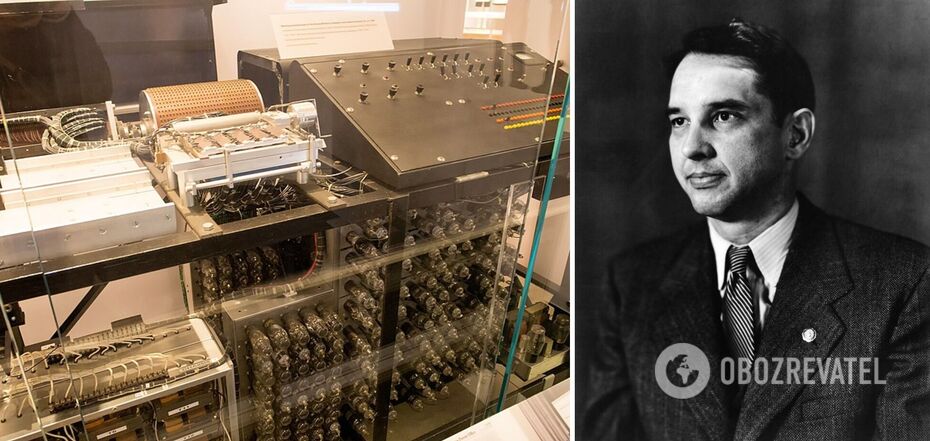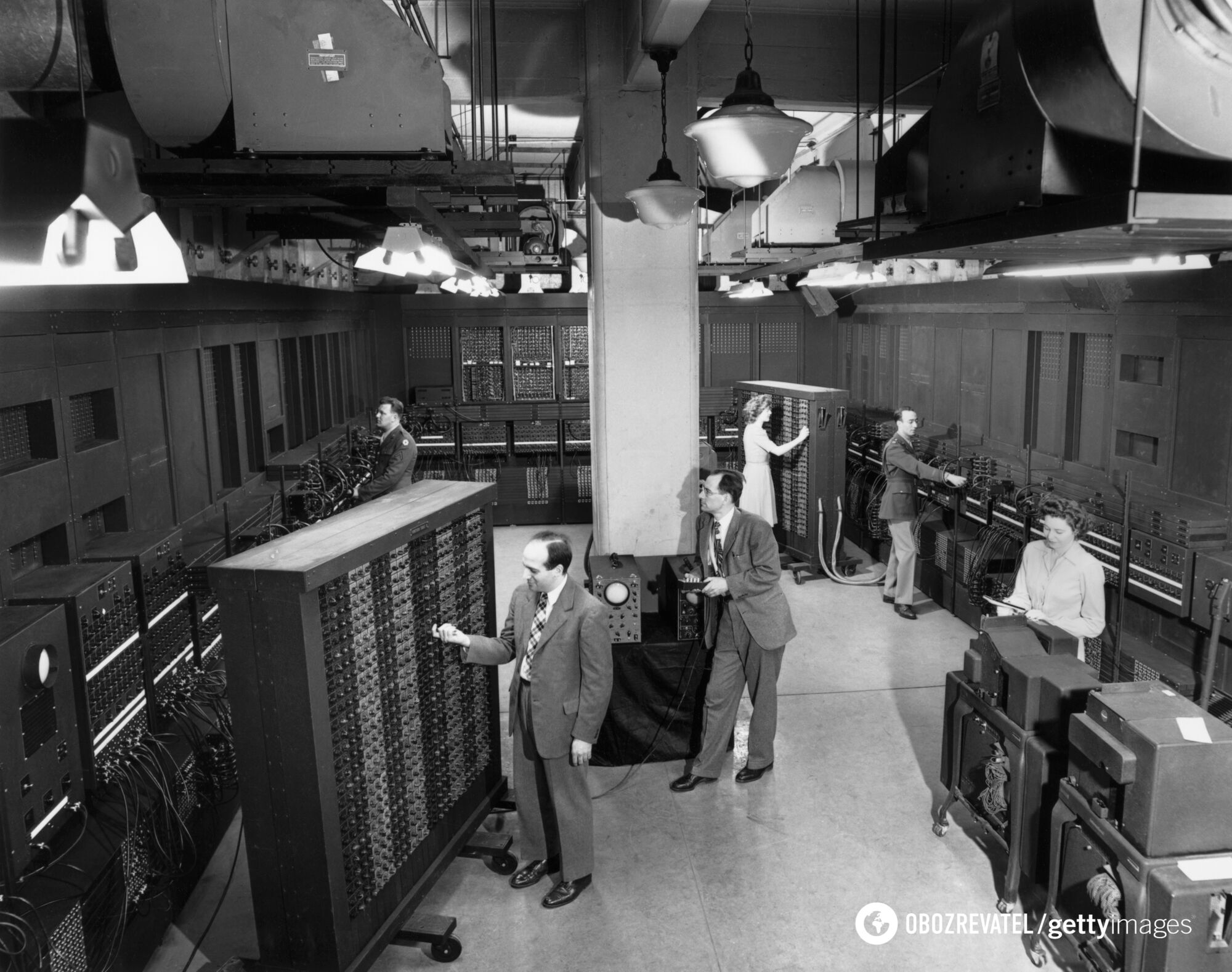Life
What the first computer in history looked like and why it was not recognised for decades
Although there is a great deal of debate online about the history of computers, it is still safe to say that the true first computer was created in 1942, as it was the first truly digital machine. Its authors were John Vincent Atanasoff and Clifford Berry, who worked at Iowa State College, now known as the University of Iowa.
OBOZREVATEL talks about the invention and why it was refused to be recognised as the first computer for decades.
Human computer and Turing machine
Formally, the history of the computer can be traced back to 1613, when the word was first used in a book by Richard Braithwaite. However, at that time, it was not about a technological marvel, but about a person who performed calculations or calculations.
In this sense, the word was used for the next 200 years, until the Industrial Revolution led to the emergence of the first mechanical machines whose main purpose was computing. Some people believe that they were the first computers, but this is, as they say, more a matter of taste. Those machines were rather the ancestors of calculators.
The basis for modern computers was laid by the imaginary Turing Machine, first proposed by Alan Turing in 1936.
In Turing's theory, the machine was a device that printed symbols on a paper tape and simulated a human being executing several logical instructions.
The first digital computer
The first digital computer was the ABC (short for Atanasoff-Berry Computer), which physics professor John Vincent Atanasoff and his graduate student Cliff Berry began developing in 1937. Five years later, they realised their plan.
The ABC was an electric computer that weighed more than 317 kilograms and used more than 300 vacuum tubes for digital computing, including binary mathematics and Boolean logic (1 or 0, or true or false). ABC had no central processing unit, so it could not be programmed. But it could perform tasks with 29 variables.
This allowed it to help scientists solve complex problems in physics and other sciences that were too difficult to solve manually.
ABC performed one operation about every 15 seconds. Of course, this is nothing compared to the computing power of even your smartphone, but it was a real breakthrough at the time.
The problem, however, was that the ABC had a fixed programme designed to perform a single task. After it was solved, the operator had to write down an intermediate answer and then enter it back into the ABC.
Atanasov subsequently improved the data storage method, eliminating the need for the operator to re-enter intermediate results, but he did so after he left his position and was no longer involved with ABC.
Shortly after Atanasov left the college, it was decided to dismantle his invention for one reason or another. The physicist himself did not apply for a patent for his invention, so only a limited number of people knew about the existence of the working computer.
ABC vs. ENIAC
In 1947, Presser Eckert and John Mauchly of the University of Pennsylvania presented their invention, the Electronic Digital Integrator and Computer, known as ENIAC. It covered more than 167 square metres, used about 18,000 vacuum tubes and weighed about 50 tonnes.
Eckert and Mauchly applied for a patent for their device, and for decades it was believed that ENIAC was the first modern computer.
But justice was restored. In October 1973, US federal judge Earl R. Larson recognised Atanasoff as the sole inventor of the computer.
As it turned out, one of the creators of ENIAC in 1941 met Atanasov and saw his development, which was in the final stages of creation.
The owners of the ENIAC patent argued in court that the ABC had never worked and it was quite difficult to prove otherwise, as all that remained of it at the time was one of the drum memory units.
However, the judge did not take these arguments into account and cancelled the ENIAC patent.
Finally, justice was done in 1997, when a team of professors, researchers and students from the University of Iowa built a copy of the ABC and proved that the computer really worked.
Today, this single copy is kept at the Computer History Museum in Mountain View, California.
Earlier, OBOZREVATEL also told what the world's first microwave looked like and who invented it.
Subscribe to OBOZREVATEL's Telegram and Viber channels to keep up with the latest news.






























